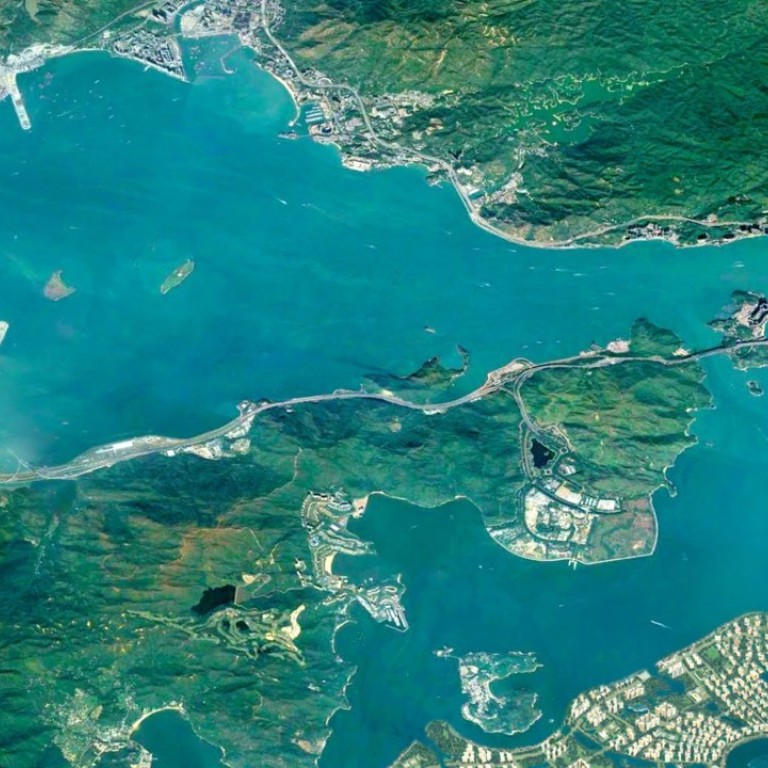
Reclamation need not be the only answer to boosting land supply
Former chief executive Tung Chee-hwa’s foundation has suggested building a 2,200-hectare island to solve all Hong Kong’s development needs. But other viable options have to be considered
The easiest solution to Hong Kong’s shortage of land for housing is to fill in the sea. More than 6 per cent has been obtained this way over the past century and a half and it is among the 18 suggestions to boost supply in a public consultation that ends in October. Former chief executive Tung Chee-hwa’s foundation has tapped into the idea in suggesting the building of a 2,200-hectare island off the southwest coast of Lantau to solve all our city’s development needs. The idea is without doubt a viable fix, but its attractiveness should not detract from exploring other options, among them using brownfield sites in the New Territories and pilot projects on the edge of country parks.
Tung’s think tank, Our Hong Kong Foundation, is using a tried-and-tested idea with its proposal. Reclamation is already the basis for development of the East Lantau Metropolis and the construction of an incinerator to be built on an artificial island near Shek Kwu Chau. Disneyland, Hong Kong International Airport and many of the new towns, Tuen Mun, Sha Tin and Tai Po among them, were also constructed on reclaimed land. Of the proposals in the consultation to boost land supply, Chief Executive Carrie Lam Cheng Yuet-ngor favours reclamation.
There is good reason to plump for turning sea into land; from the government’s point of view, it is win-win. It will be able to demonstrate it is being proactive in solving the housing shortage. Developers will be satisfied, jobs created and business opportunities presented. The only citizens not happy will be environmentalists.
Experts shoot down artificial island proposal for housing 1.1 million
Opting for reclamation is also a politically savvy choice; it avoids confronting interest groups. Among them are property developers sitting on large land banks, indigenous New Territories villagers demanding continuation of the unsustainable small-house policy, people controlling damaged agricultural land known as brownfield sites and citizens adamant that every square metre of country park should be retained. But taking the easy way out ignores the facts: that only 25 per cent of our city is built-up area and 40 per cent country parks, leaving 35 per cent for potential development. Creating land where none exists is also expensive and although the foundation has not put a total price on its proposal, estimates put it as high as HK$476 billion, not accounting for inflation and infrastructure.
Building an island on such a scale could compete with the resources of the projects of other cities in the “Greater Bay Area”, necessitating coordination; as experience has shown, labour and construction material shortages can easily cause delays and a spiralling of costs. But as worthy as the idea is, it should not be the only choice to boost land supply. All viable options have to be considered and explored.

